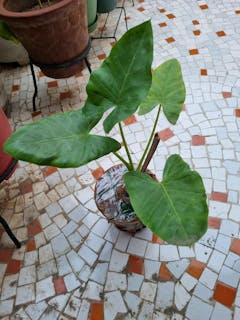Psidium guajava
Family
Myrtaceae
Origin
Mexico & Central America
Description
A small tree, with spreading branches, the guava is easy to recognize because of its smooth, thin, copper-colored bark that flakes off, showing the greenish layer beneath; and also because of the attractive, "bony" aspect of its trunk which may in time attain a diameter of 25 cm.
Environment
The guava thrives in both humid and dry climates. In India, it flourishes up to an altitude of 3,280 ft (1,000 m. Older trees, killed to the ground, have sent up new shoots which fruited 2 years later. The guava requires an annual rainfall between 40 and 80 in (1,000-2,000 mm) is said to bear more heavily in areas with a distinct winter season than in the deep Tropics
Salient Feature
- Plants grown from Tissue culture are very healthy and have disease resistant
- Fruit harvesting will be after 1 year of planting
- Yellowish green color fruit with inside red color
- Fruit Size Medium- 200 gms to 400 gms
- Less seeds more pulp.
- Very sweet in taste.
Nutrition facts
-
Guavas are rich in dietary fiber and vitamin C, with moderate levels of folic acid. Having a generally broad, low-calorie profile of essential nutrients, a single common guava fruit contains about four times the amount of vitamin C as an orange. However, nutrient content varies across guava cultivars.
Landscape Use
Good for a Garden, Farm & Bonsai




















